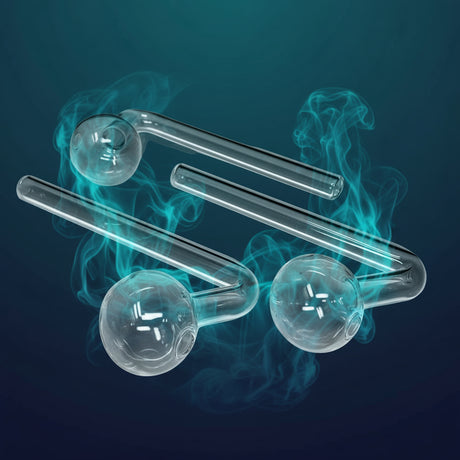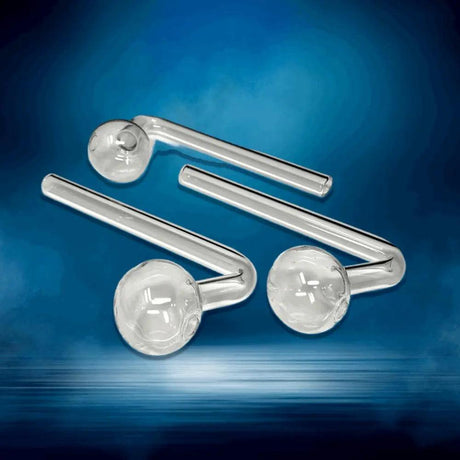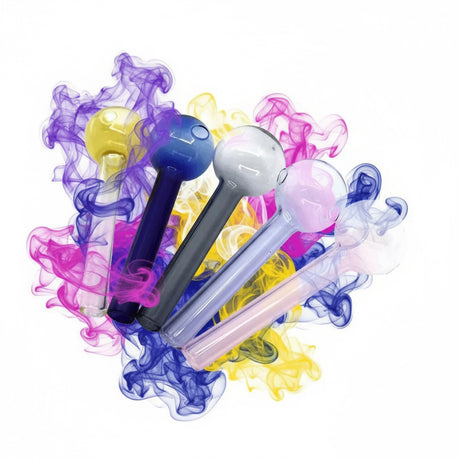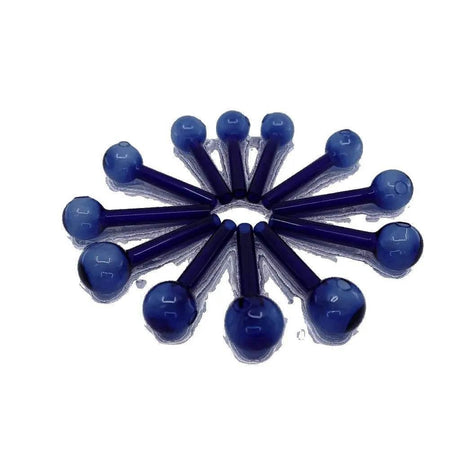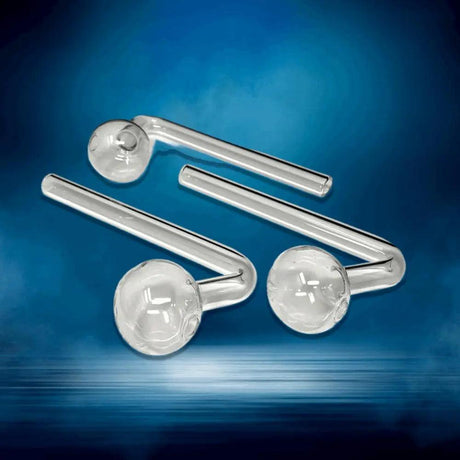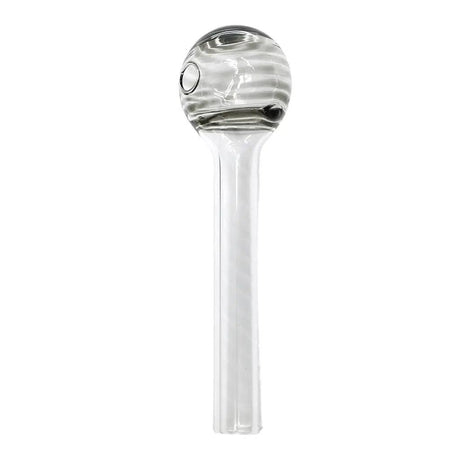Recent Posts
How to Turn a Bong Into a Dab Rig (And Vice Versa)
Published on December 23, 2025
Quartz Banger vs. Traditional Dab Nail: Which Should You Buy?
Published on November 22, 2025
The Ultimate Thanksgiving & Friendsgiving Gift Guide: Perfect Picks for Every Budget
Published on November 12, 2025
Cyber Monday Steals: Top Bongs, Dab Rigs, and Oil Burners for the Best Value
Published on November 12, 2025
The Ultimate Black Friday Stocking Stuffer Guide (Awesome Gifts Under $30)
Published on November 12, 2025
Your Go-To Online Smoke Shop: Discover Top Bongs & Dab Rigs for Effortless Hits
Published on October 03, 2025
How To Clean Oil Burner Pipe
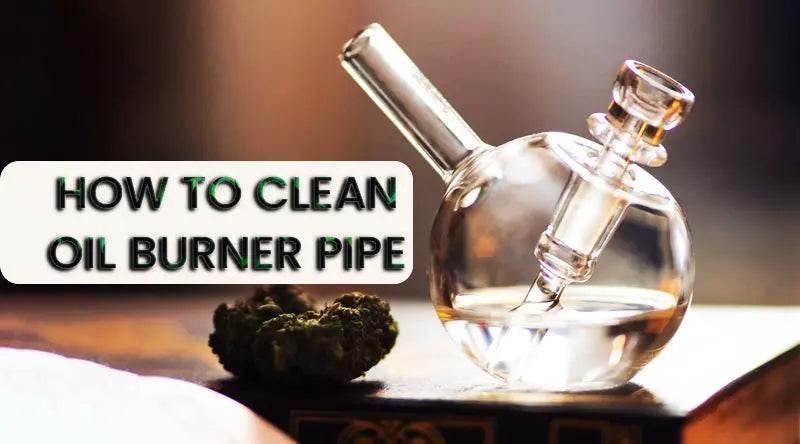
CP SMOKE MEGA |
Last Updated: 20 August 2025
The efficiency of your heating system is directly linked to the condition of the oil burner pipe. Neglecting its maintenance can lead to decreased efficiency, increased energy consumption, and potential system breakdowns. In this guide, we'll walk you through the step-by-step process of cleaning your oil burner pipe, ensuring optimal performance and longevity.
Understanding the Oil Burner Pipe
Before diving into the cleaning process, it's essential to understand the role of the oil burner pipe. This component is responsible for transporting oil to the burner, where it is then ignited to produce heat. Regular maintenance of this pipe is vital to prevent clogs and ensure a continuous flow of oil for combustion.
Heating systems play a crucial role in maintaining a comfortable home environment, especially during colder seasons. A clean oil burner pipe is essential for the smooth functioning of your heating system. Let's delve into the intricacies of cleaning the oil burner pipe to keep your heating system running efficiently.

Materials Needed for Cleaning
Cleaning your oil burner pipe requires specific tools and cleaning agents to ensure a thorough job. Here's a list of materials you'll need before you embark on the cleaning process:
Screwdriver:
A versatile tool to help you dismantle any components blocking access to the oil burner pipe.
Pipe Brush:
An essential tool designed to reach the interior of the pipe, effectively removing accumulated soot and debris.
Cleaning Solution:
Choose a cleaning solution recommended by the manufacturer to break down and dissolve any stubborn deposits inside the pipe.
Safety Gear:
Prioritize your safety by wearing gloves and goggles to protect yourself from potential hazards during the cleaning process.
Ensure that you have all these materials readily available before you start cleaning your oil burner pipe. Being well-prepared will make the process more efficient and help maintain the longevity of your heating system.
Safety Precautions
Safety should always be the foremost consideration when embarking on any maintenance task, especially when dealing with heating systems. Before you start cleaning your oil burner pipe, follow these essential safety precautions to protect yourself and ensure a hazard-free process:
Turn off the Oil Burner and Disconnect Power:
Begin by turning off the oil burner completely and disconnecting the power source. This ensures that no electrical supply is running to the system during the cleaning process.
Use Safety Gear:
Prioritize your safety by wearing appropriate safety gear, including gloves and goggles. This protective equipment shields you from potential splashes of cleaning solutions or any debris that may be dislodged during the cleaning.
Work in a Well-Ventilated Area:
Conduct the cleaning in a well-ventilated space to prevent the buildup of fumes from the cleaning solution. If possible, open windows or doors to allow fresh air to circulate.
Follow Manufacturer's Guidelines:
Adhere to the guidelines provided by the manufacturer for cleaning your specific oil burner model. This ensures that you use the correct methods and materials, avoiding any potential damage to the system.
Stay Mindful of Hot Surfaces:
The oil burner and surrounding components can become hot during operation. Allow sufficient time for the system to cool before attempting to clean it to avoid burns or injuries.
Have a Fire Extinguisher Nearby:
As a precautionary measure, have a fire extinguisher within reach. While rare, it's essential to be prepared for unexpected situations during maintenance.
By following these safety precautions, you not only protect yourself but also create a secure environment for efficient oil burner pipe cleaning. Always prioritize safety to ensure a smooth and incident-free maintenance process.

Step-by-Step Oil Burner Pipe Cleaning Process
Now that you're well-prepared with the necessary materials and safety precautions, let's delve into the step-by-step process of cleaning your oil burner pipe. Follow these instructions carefully for an effective and thorough cleaning:
1. Turn off the Oil Burner and Disconnect Power.
Begin by turning off the oil burner completely and disconnecting the power source. This ensures a safe environment for the cleaning process.
2. Remove the Oil Burner Pipe:
Carefully detach the oil burner pipe from the system. Use a screwdriver to loosen any screws or fasteners holding it in place. Gently pull the pipe free, taking care not to damage any surrounding components.
3. Inspect the Oil Burner Pipe:
Examine the interior and exterior of the pipe for any visible signs of dirt, soot, or clogs. This visual inspection will help you identify the extent of cleaning required.
4. Prepare the Cleaning Solution:
Mix the recommended cleaning solution according to the manufacturer's instructions. Ensure it is suitable for breaking down deposits inside the oil burner pipe.
5. Apply the Cleaning Solution:
Use a pipe brush to apply the cleaning solution to the interior of the oil burner pipe. Work the brush in a back-and-forth motion to effectively reach and remove any accumulated debris.
6. Scrub and Clean Thoroughly:
Scrub the interior of the pipe with the pipe brush, paying special attention to areas with stubborn deposits. Ensure a thorough cleaning to restore the pipe to optimal condition.
7. Inspect Again:
After cleaning, inspect the oil burner pipe once more to ensure that all dirt and debris have been successfully removed. Look for any signs of damage or wear that may require additional attention.
8. Reattach the Oil Burner Pipe:
Once satisfied with the cleaning, securely reattach the oil burner pipe to its original position. Tighten any screws or fasteners to ensure a snug fit.
9. Turn on the Oil Burner:
Restore power to the oil burner and turn it back on. Monitor the system for any unusual sounds or issues, ensuring that it operates smoothly.
By following these steps, you can clean your oil burner pipe effectively, maintaining the efficiency of your heating system. Regular cleaning will contribute to prolonged system life and optimal performance. Remember to adhere to safety precautions throughout the process for a secure and successful maintenance routine.

Ending Note:
Regular maintenance of your oil burner pipe is essential for a reliable and efficient heating system. By following the outlined steps and understanding the importance of a clean pipe, you ensure optimal performance and longevity, saving both energy and money in the long run.
FAQs:
How often should I clean my oil burner pipe?
Regular cleaning, ideally annually, is recommended to maintain optimal efficiency.
Can I use any cleaning solution for the oil burner pipe?
It's essential to use a cleaning solution recommended by the manufacturer to prevent damage.
What are the signs of a clogged oil burner pipe?
Reduced heating efficiency, strange noises, and visible soot around the burner are common signs.
Is professional assistance necessary for oil burner pipe cleaning?
While DIY is possible, professional assistance is recommended for complex issues or lack of experience.
How does a clean oil burner pipe contribute to environmental sustainability?
Efficient combustion reduces emissions, minimizing the environmental impact of your heating system.



